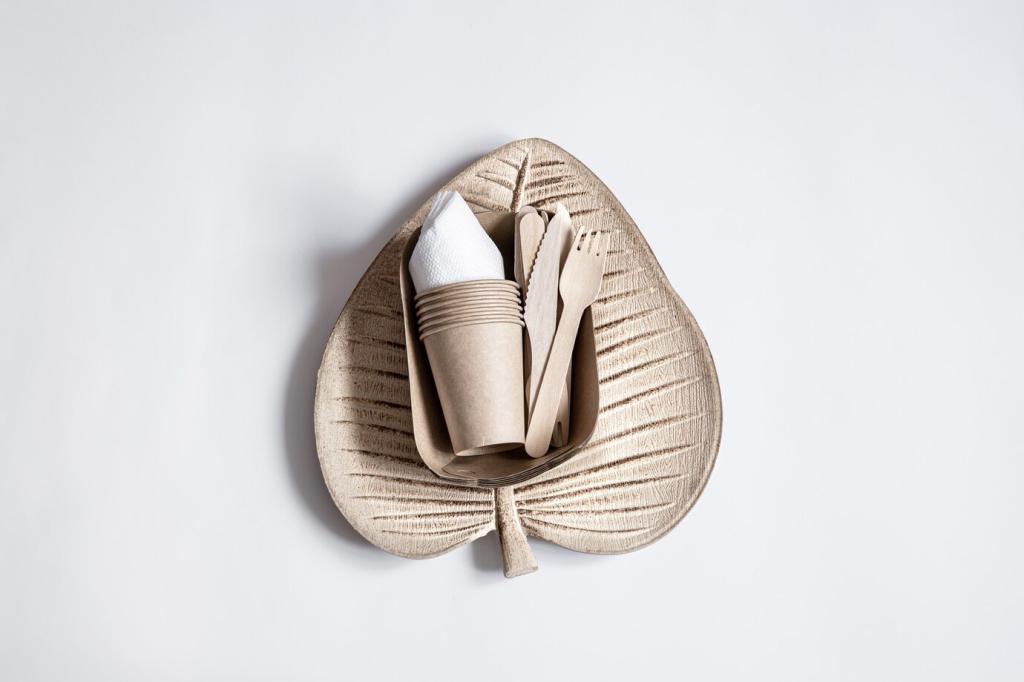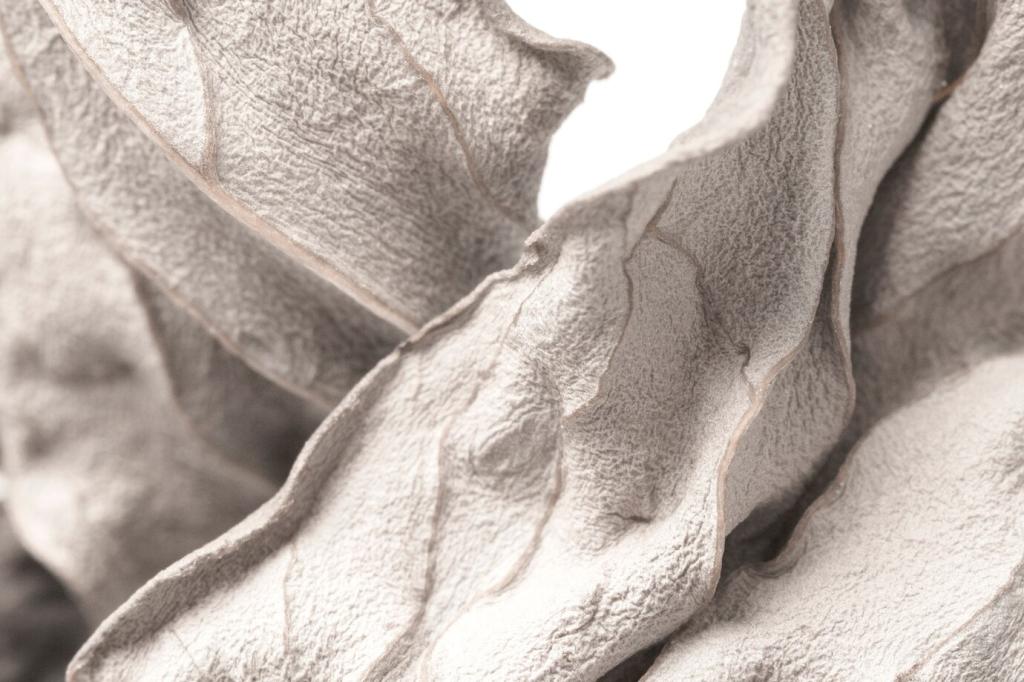A Minimalist Eco Aesthetic That Feels Like Home
Select a few meaningful pieces and give them space to shine. Negative space is free and calming. Try a three-item rule for surfaces this week. Share before and after photos to encourage readers navigating similar clutter challenges.
A Minimalist Eco Aesthetic That Feels Like Home
Bring in plants, natural textures, and daylight to reduce stress and connect with seasons. Propagate cuttings, thrift baskets, and use linen remnants. Subscribe for our seasonal care calendar and tell us your most forgiving starter plants.
A Minimalist Eco Aesthetic That Feels Like Home
Cost-Effective Minimalist Eco Home Design grows from gratitude and boundaries. Define enough for your space, time, and energy. Review quarterly to stay aligned. Comment with one habit you will retire this month to protect your calmer home.






